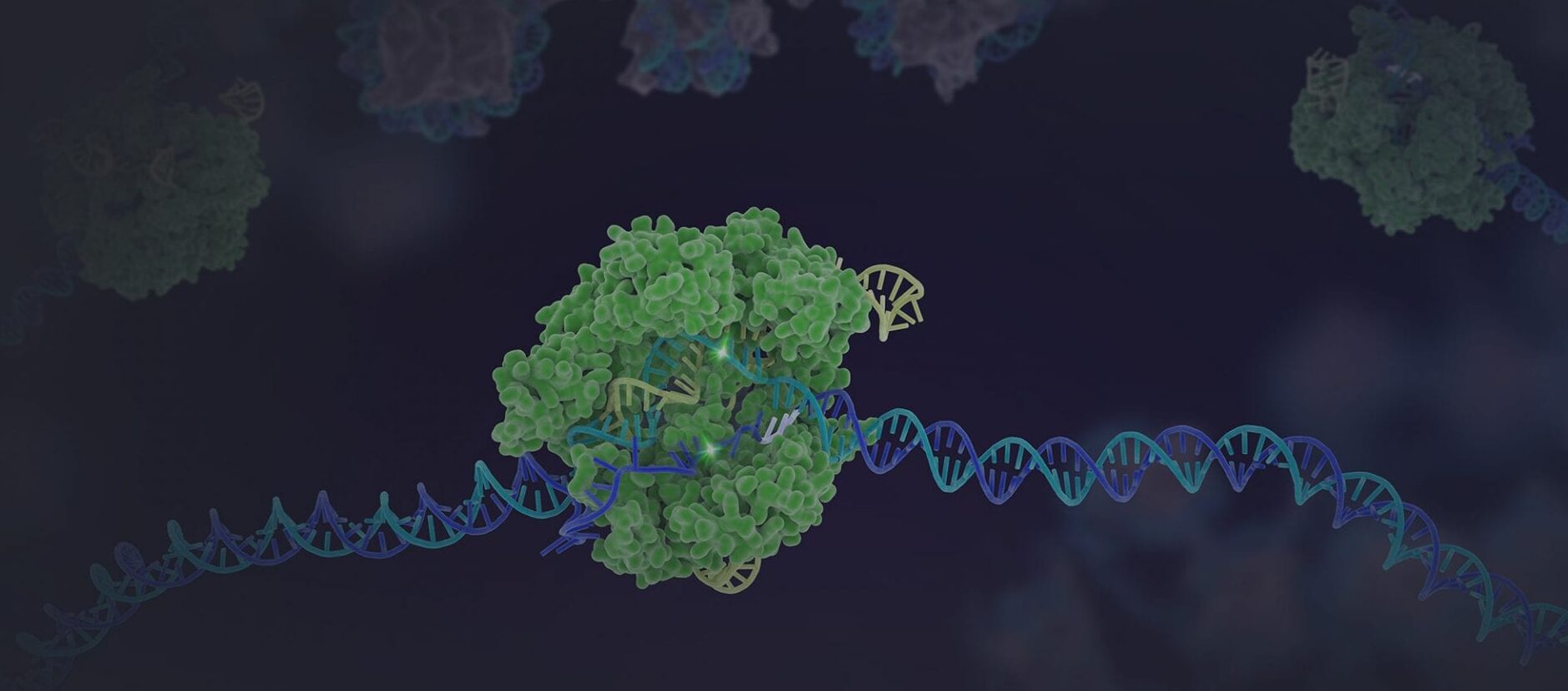Fragment analysis by capillary electrophoresis
This service enables you to check quality of your DNA or RNA (total, small or mRNA). The FGL employs both the Agilent 2100 Bioanalyzer and the Fragment Analyzer to visualize nucleic acids for quality control before and after Illumina library preparation. The FGL also uses a Femto Pulse for femtogram scale visulization of High Molecule Weight gDNA or low input mRNA.
Tips
- Aim high on concentration. Many methods (e.g. Nanodrop) over-estimate concentration. Also, signal quality is better with higher concentration.
- Use low-binding tubes.
- Don’t dilute your samples in a surfactant solution.
Fluorometric quantitation
The Qubit Quantitation Platform uses specific fluorescent dyes to detect the specific molecules of interest (DNA or RNA, single or double stranded). UV spectrophotometers (including NanoDrop) cannot distinguish between DNA, RNA, degraded nucleic acids, free nucleotides, and other contaminants. Consequently, fluorometric quantitation is more accurate, especially at low concentration (<100 ng/ul). Accordingly, fluorescent quantitation of nucleic acids is recommended in the MIQE (Minimal Information for Publication of Quantitative Real-Time PCR Experiments) Guidelines.
qPCR
The GSL uses the KAPA Library Quantification Kit (Roche) for the most accurate quantification of Illumina libraries. By priming off the Illumina primer sites, only sequencable library gets quantified, ensuring the most reliable normalization and loading. We utilize sizing data from the electrophoretic trace to compute library molarity.
Users submitting for sequencing may provide sizing and quantification of their libraries, but without both an eletrophoretic trace and qPCR quantification, the GSL cannot ensure even coverage or proper loading of the sequencer.
dPCR
The GSL also has a Qiacuity Digital PCR System for highly sensitive and precise absolute quantitation of nucleic acids. Please inquire for a project consultation.
Protocols for running gels (not a provided service)
Fast DNA Electrophoresis (H3BO3 or B2O3·3H2O) Using SB Buffer (Biotechniques 36, 214-216, Feb, 2004)
- 20 X SB buffer(1L)-dissolve 8.0g of NaOH & 47.0 g of Boric acid in 1000mL (pH ~8.0), and filter with 0.2um bottle-top disposble filter. please make sure they are all disolved before filtering.
- make 1XSB buffer by diluting 20X solution.
- Use this SB buffer in the same way as TBE/TAE to prepare the agarose gel, and as the medium to run the gel in. Gels can typically be run at 300 V (around 10 min for a 10 cm gel). A 3% gel can be used to detect and separate short DNA (down to 40 bp).
- The gels do not need to be submerged since the SB has much higher conductivity. Pour the SB buffer into the gel tanks (& wells) to the gen level & run the gel.
– Brody, J. R., et al. (2004). Biotechniques 37, 598-602 / Brody, J. R., and Kern, S. E. (2004). Biotechniques 36, 214-216 / Goedhart, J. and Gadella, T.W., Jr. (2005). Anal Biochem, 343, 186-187.
Analyzing RNA on an Agarose Gel Under RNase Free Environment
This protocol may be useful when you cannot access a bioanlyzer or when your RNA is concentrated enough to be detected by a dye (EtBr or Sybr green in gel).
- Make RNase free solutions for Agarose gel electrophoresis.
- RNase-kill solution (0.05%SDS & 0.05%)
- RNase free TBE or TAE by filtering with a 0.2µm bottle-top disposable filter.
- Put a comb, tray in the agarose gel tank
- Warm the RNase-kill solution by microwaving & cool to <65oC.
- Pour in to the agarose gel tank (step 2)
- Cover the gel tank with a sheet of a plastic wrap.
- Incubate 3hr~o/n.
- Warm RNase free water (Milli-Q water with filter installed or autoclaved) to ~65oC.
- Pour out the RNase-kill. Since the RNase-kill can be used many times, collect and filter.
- Pour the warm water to the empty tank, which contains all the necessary parts (a comb, tray, and barrier).
- Incubate at room temp & pour out the water.
- Repeat step 7~9.
- Set the gel on a sheet of a plastic wrap or in the tank.
QC Only Submissions
- Bring your printed Sample Manifest (obtained by creating a submission on our online portal) with your sample tubes to 255 Weill Hall (formerly LSA).
- We receive samples 10 AM to 5 PM.
- Results are available in 1-3 days
